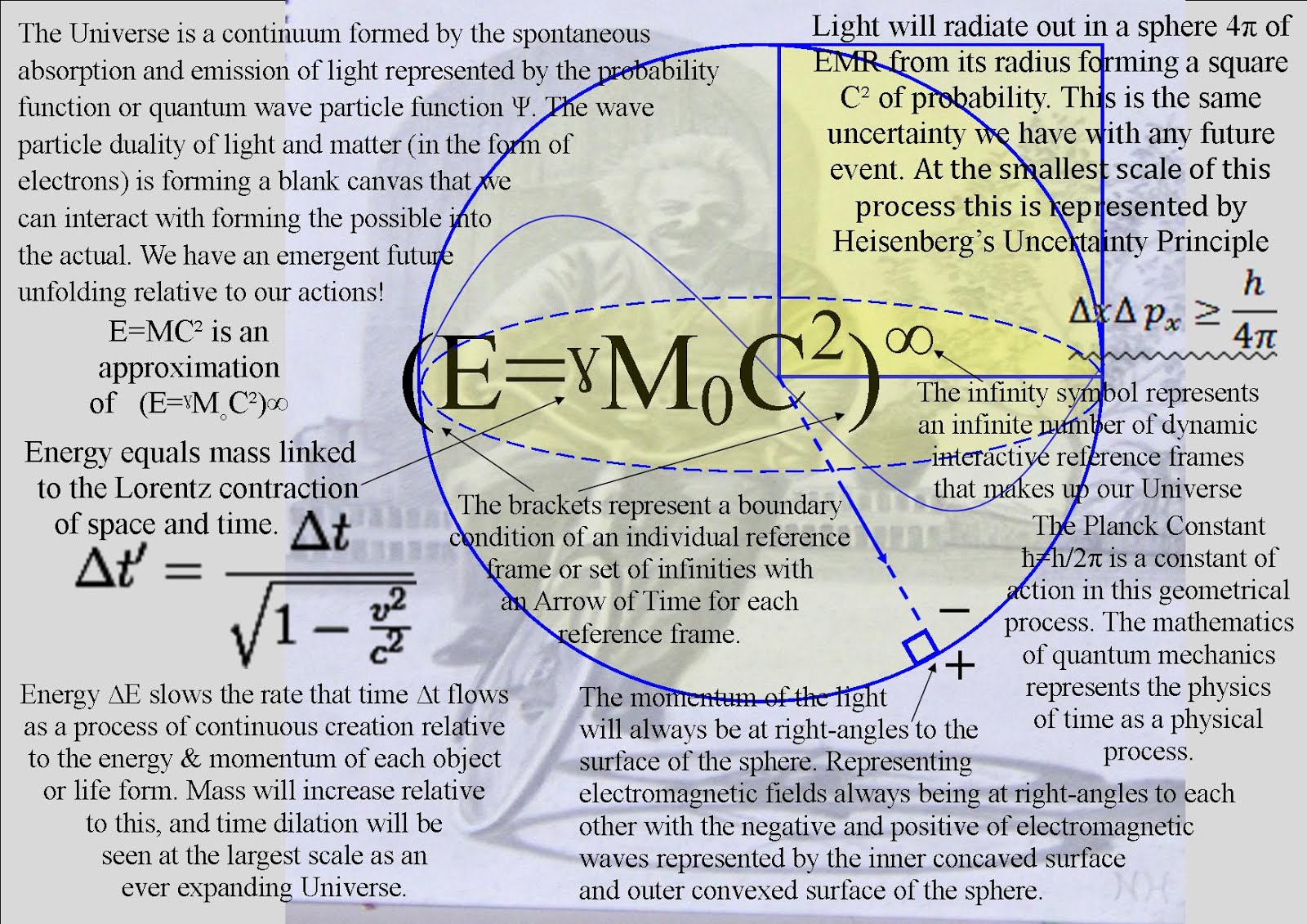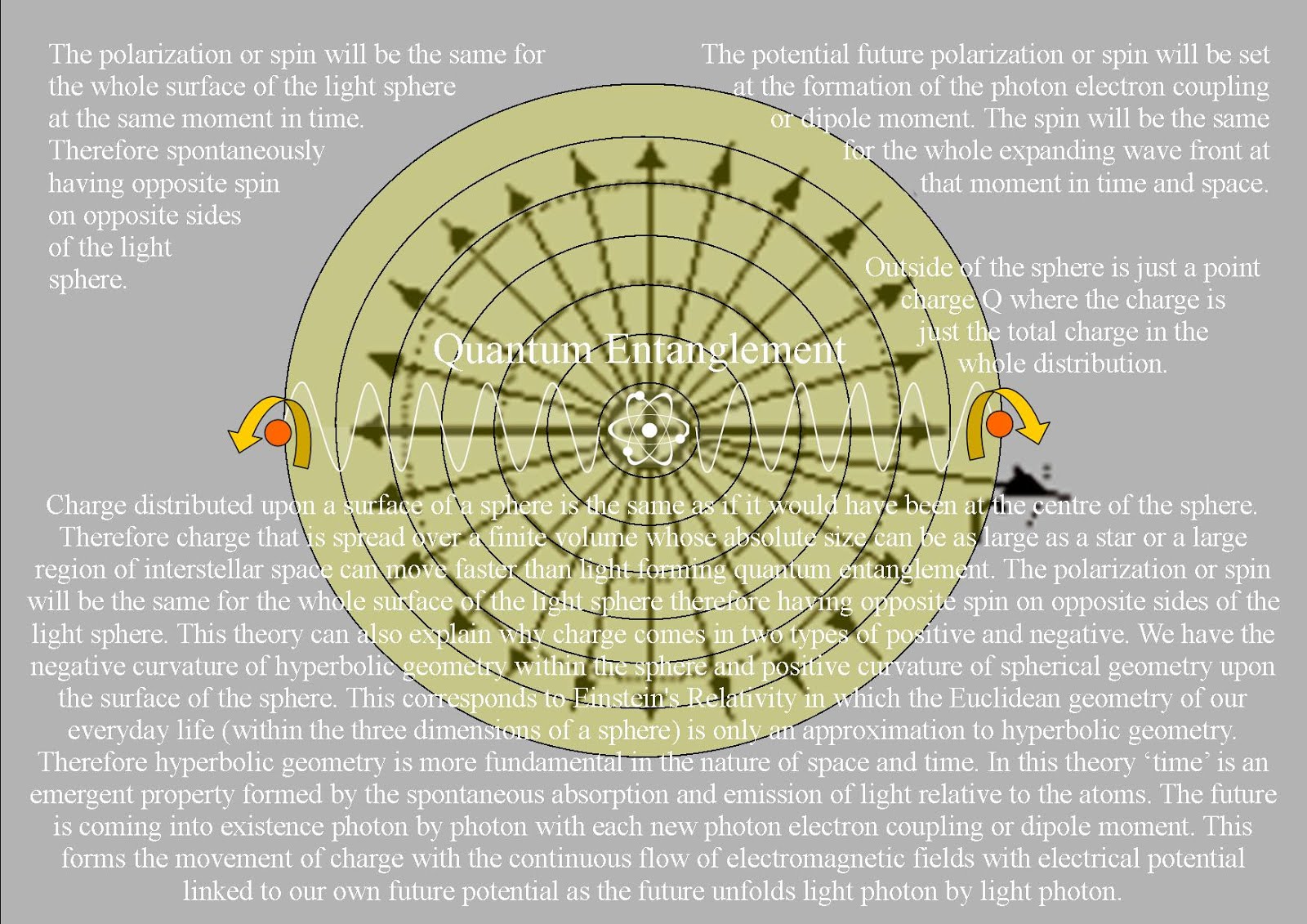exist. According to presentism, events and entities that are wholly past or
wholly future do not exist at all.

present moment of physical reality is real. But mankind has never been able to
explain presentism as a physical process using physics.
geometric point in both space and time at the apex of a 'light cone' which
observes the events laid out in time as well as space.
idea of time as an extended thing and has been confirmed by experiment.
However, although the contents of an observation are time-extended, the
conceptual observer, being a geometric point at the apex of the light cone, is
not extended in time or space. This creates a paradox in which the conceptual
observer contains nothing, even though any real observer would need to be the
extended contents of an observation to exist.
the measuring instruments used by an observer. This reduces the time separation
between instruments to a set of constant intervals.
spatial relationships among objects; thus, observers need not be extended in
time to exist and to be aware, but they rather exist and the changes in
internal relationships within the observer can be measured by stable countable
events.
objective understanding of presentism because there is no cause and effect in
relativity. Matter tells space how to curve and space tells matter how to move. There is no present moment that causes the future to unfold there is just a beautiful geometrical process.
and matter in the form of electrons is forming a blank canvas that we can
interact with forming the possible into the actual.
atoms of the periodic table forming what we measure has a period of time. The
atoms form standing waves in time with the spontaneous absorption and emission
of light or photon energy forming the ever changing world of our everyday life
that we see and feel as the passage of time.
that at the smallest scale is represented mathematically by Heisenberg’s
Uncertainty Principle.

revolutionary theory that is outside of mainstream physics.













